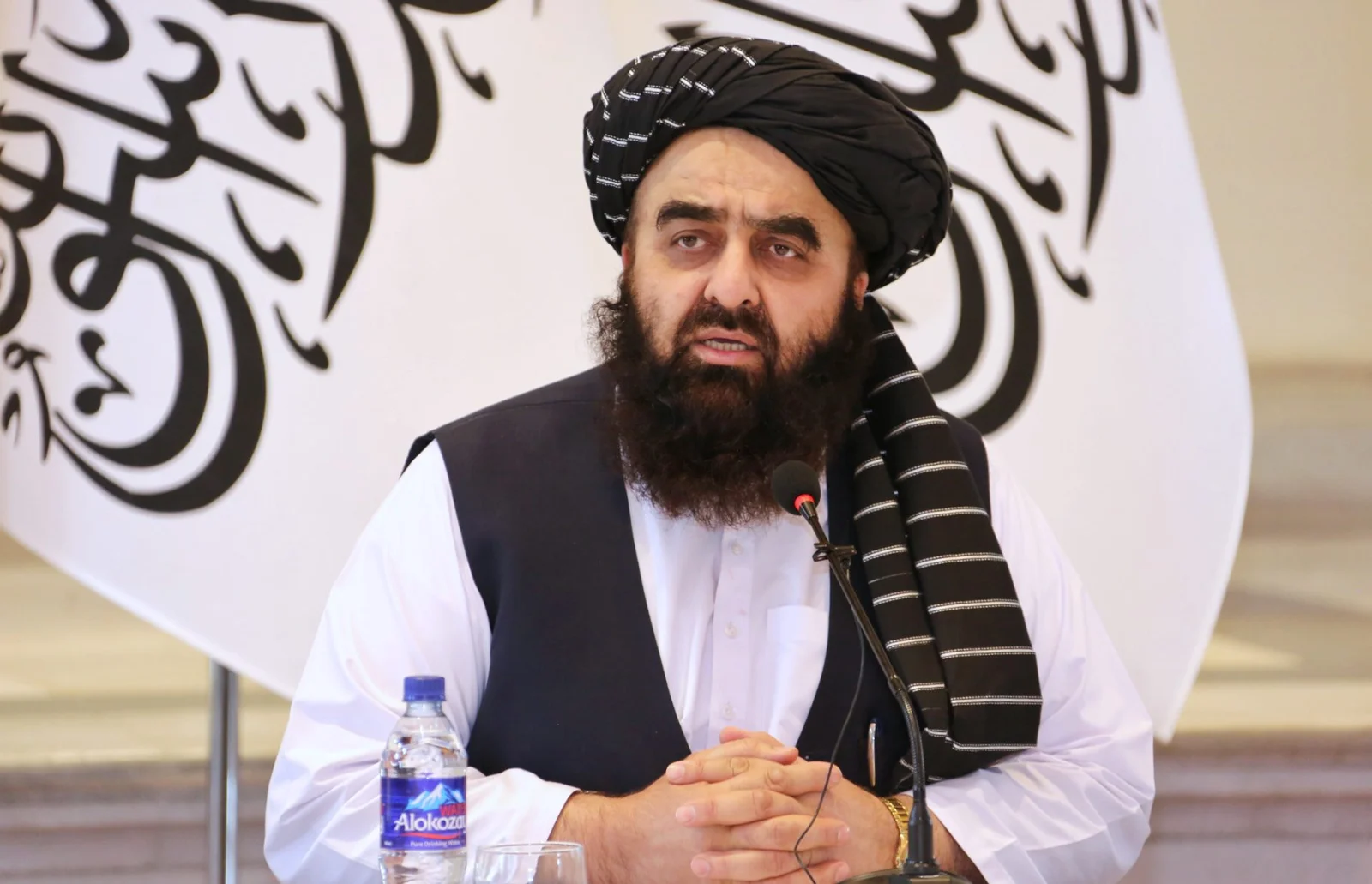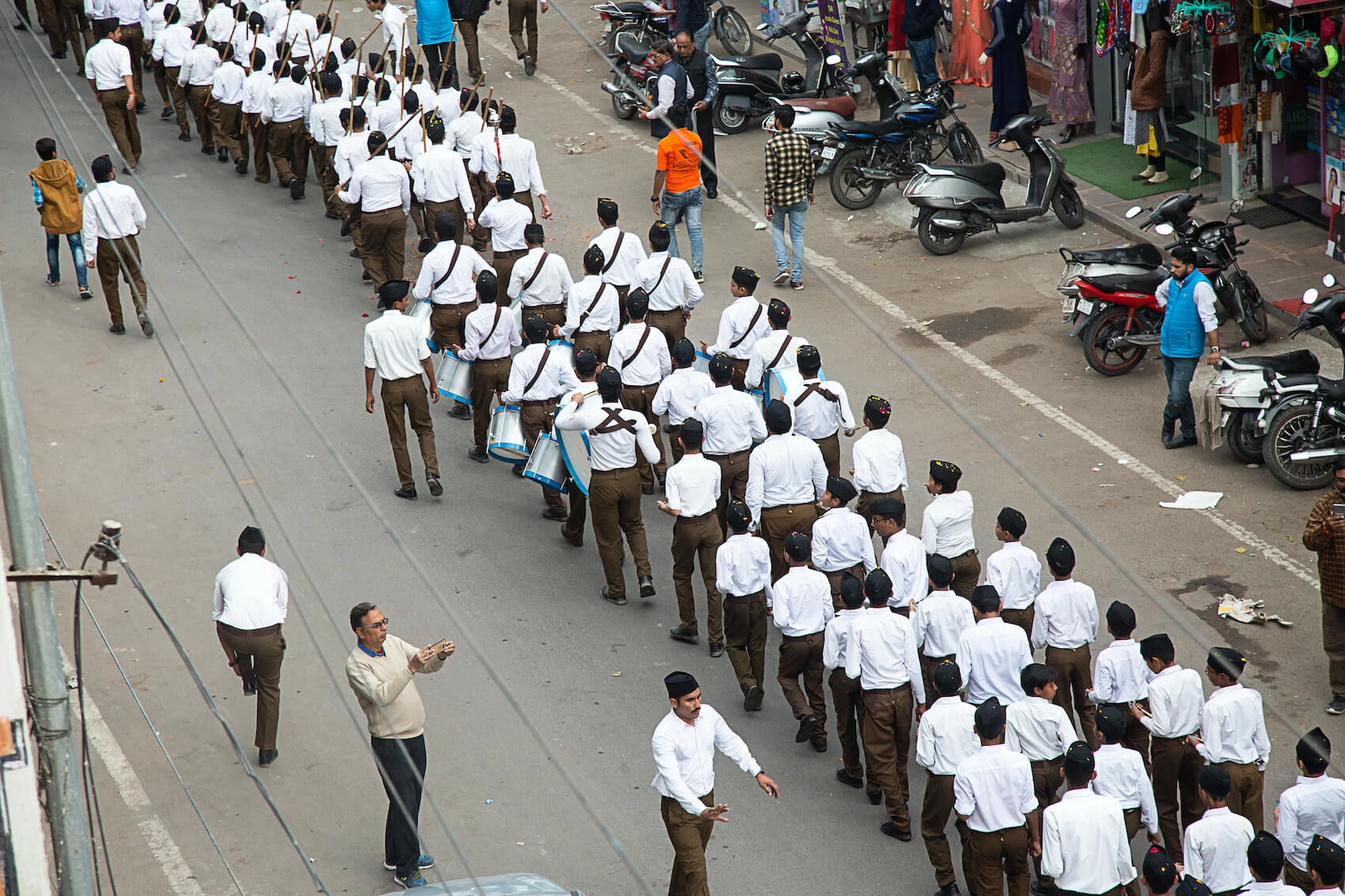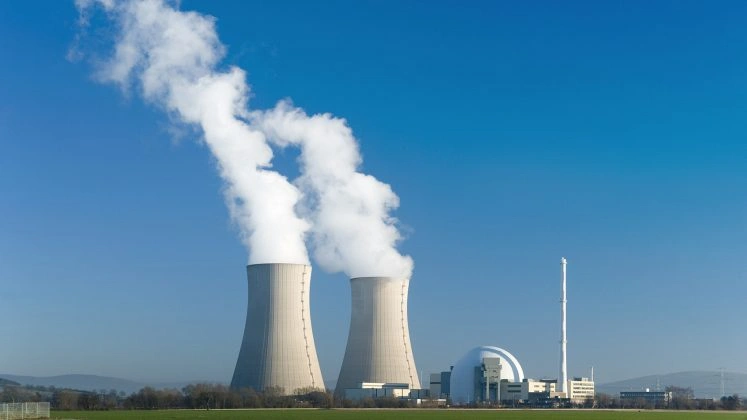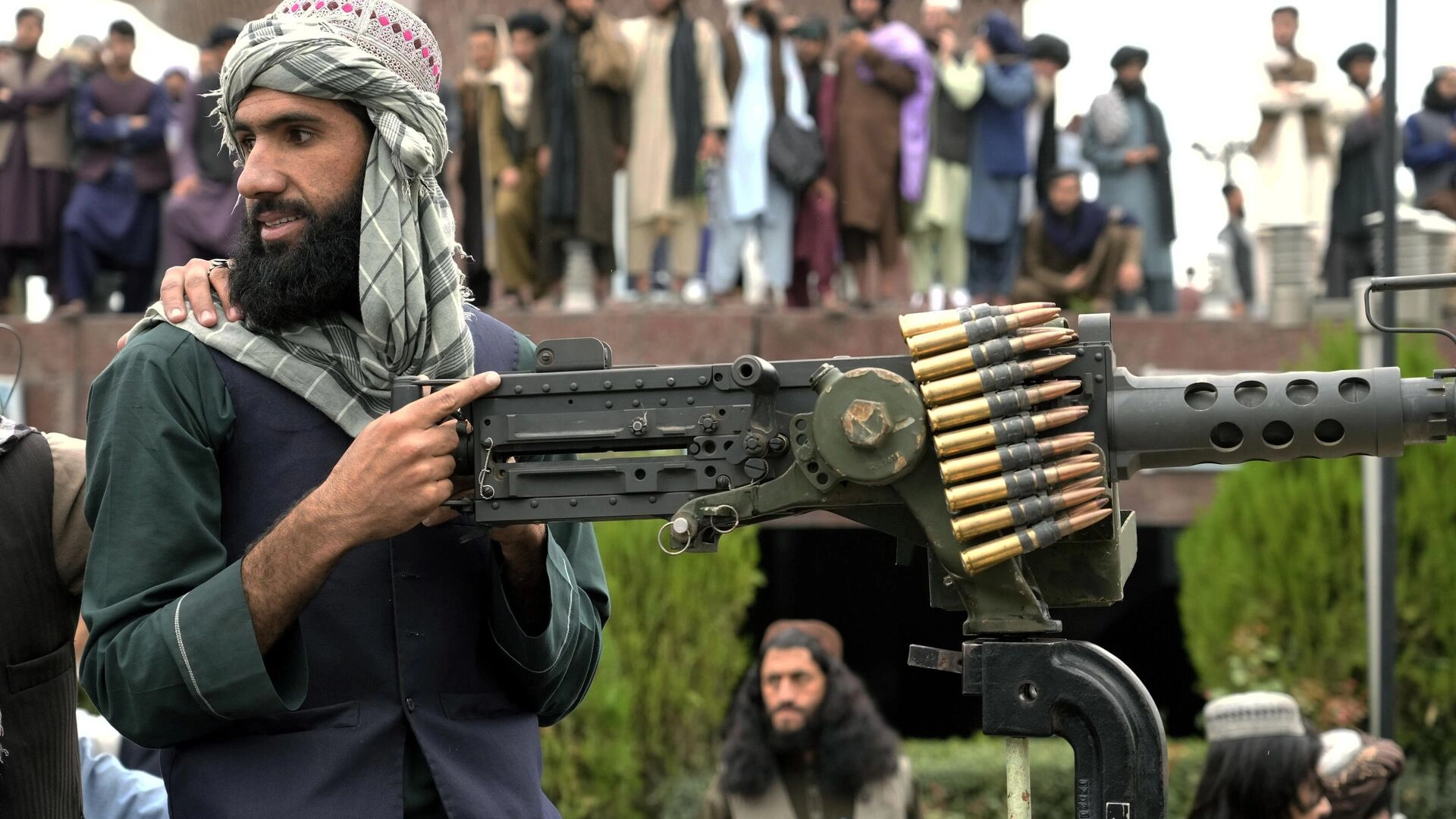NEW DELHI — In February 2020, Nasreen and her husband, Tofik, lived in Shiv Vihar, an upcoming neighborhood in northeast New Delhi. That month, mobs reached a peak of segregation and erupted in riots targeting Muslims like them. They pushed Tofik from the second floor of the building where he lived. He filed a police report days later from the hospital.
Tofik survived but has a permanent limp. He was only able to return to work selling clothes on the street after spending nearly three years recuperating.
Soon after the riots, the couple moved to Loni. Loni is a more remote area with poorer infrastructure and job prospects, but it has a sizable Muslim population.
“I will not go back to that area. I feel safer among Muslims,” Tofik, who like his wife goes by one name, told Reuters. This shift of residence illustrates a growing pattern of segregation driven by safety concerns.
Reuters interviewed about two dozen people. They described how Muslims in the Indian capital have been congregating in enclaves away from the nation’s Hindu majority. These communities seek safety in numbers following the deadly 2020 riot and an increase in anti-Muslim hate speech. This trend contributes to deeper segregation.
There is no official data on segregation in India, whose long-delayed census also means that there are few reliable figures on how much Muslim enclaves have grown in the past decade. Muslims comprise about 14% of India’s 1.4 billion people.
Ground zero in Delhi is the central neighborhood of Jamia Nagar. This area has long served as a temporary sanctuary for Muslims when communal riots break out.
More Muslims are flocking into the neighborhood, causing it to overflow. This situation persists despite a boom in construction. Ten local leaders, including politicians, activists, clergy, and five real estate agents, reported on this issue.
“No matter how brave a Muslim might be, they feel they must move. If a mob comes, how brave can anyone really be?” Raes Khan, a real estate agent in South Delhi, stated that Muslim clients now almost exclusively demand homes in Muslim-majority areas like Jamia Nagar.
Rising Segregation Among Muslims in Delhi
Segregation nationally has increased significantly in the past decade. Raphael Susewind, a political anthropologist at the London School of Economics, made this statement. He has overseen long-term fieldwork on India’s Muslim population.
Rising Islamophobia under Prime Minister Narendra Modi’s Bharatiya Janata Party (BJP), which came into power in 2014, is a “key driver” of the trend, he said.
Six Muslim community leaders said significant anecdotal evidence supported Susewind’s assertion that segregation has increased. Jamia Nagar clergyman Md Sahil said the number of attendees at his mosque’s early morning prayers had more than doubled to over 450 in the past four to five years, and that it reflected the overall rise in population there.
In response to Reuters’ questions, Jamal Siddiqui, a senior BJP official for minority affairs, suggested that poorer Muslims might choose to live in segregated areas because such neighborhoods tend to be more affordable. “Educated Muslims leave the area and settle in developed areas with mixed population,” he said.
However, Syed Sayeed Hasan, a Congress party worker in Jamia Nagar, said a significant push factor for sectarian cloistering in Delhi was the 2020 riot. Protesters injured more than 200 people and killed at least 53, mostly Muslims. This violence occurred after Modi’s Hindu nationalist government introduced a law that made it easier for many non-Muslims to become citizens.
![Muskan,16, smiles as she talks to her parents, Tofik and Nasreen, at their residence in Loni town in the northern state of Uttar Pradesh, India, Sept. 18, 2024. [Reuters]](https://gdb.voanews.com/6e2183be-2b5c-4a23-9d8f-6364806c057a_w650_r0_s.jpg)
A 2020 Delhi government report blamed the riots on BJP leaders who made speeches that called for violence against protesters. At the time, the party claimed that the allegations were baseless and stated that law enforcement had found no proof implicating one of the leaders named in the report.
The Delhi government, controlled by the opposition Aam Aadmi Party, did not respond to requests for comment.
Also See: The Rise of Hindutva Fascism and the Indian Muslims
Rise in hate speech
India’s National Crime Records Bureau is a government agency that collects and analyzes crime data. It doesn’t keep records on targeted violence against communities. The agency stated that the average number of annual riots with communal origins fell about 9% between 2014 and 2022. This decline is in comparison to the previous nine years when the Congress party ran India.
But independent experts at the Center for the Study of Organized Hate, a Washington-based think-tank, have documented a significant increase in anti-Muslim hate speech, from 255 incidents in first half of 2023 to 413 in the second half of 2023. BJP politicians and affiliate groups were key to the trend, the think-tank said.
Reuters has previously reported about how right-wing “cow vigilantes,” some of whom have ties to the BJP, have led lynch mobs against Muslims.
Modi, while campaigning in April for a third term as premier, attacked Muslims as “infiltrators” who had “more children,” implying they were a threat to India’s Hindu majority.
The BJP’s Siddiqui added that Modi was referring to undocumented immigrants like Rohingya Muslims whom he alleged “are living in India and are also weakening India.”
When previously asked about alleged anti-Muslim bias, the BJP government stated that it does not discriminate. They also claimed that many of its anti-poverty programs have benefited Muslims, who are among the poorest groups in India.
The national election results announced in June allowed the BJP to form only a fragile coalition government. In the immediate aftermath, the non-governmental Association for Protection of Civil Rights reported at least eight incidents of anti-Muslim lynching on July 5.
Safety in numbers
A 2023 study from British, American, and Indian economists analyzed 1.5 million Indian areas. The study found that public services like water and schools were comparatively rare in neighborhoods popular with Muslims. Children in these areas often face educational disadvantages.
Nasreen’s neighbor Malika also moved to the outskirts after her husband was killed in the 2020 riots. But she was unable to find a job and now also lives part-time at a small room in another neighborhood with more Hindu residents, where she is close to construction sites where she does odd jobs.
“Here I am afflicted with poverty, there I’m afflicted with insecurity,” she said.
This news is sourced from Reuters and is intended for informational purposes only.






